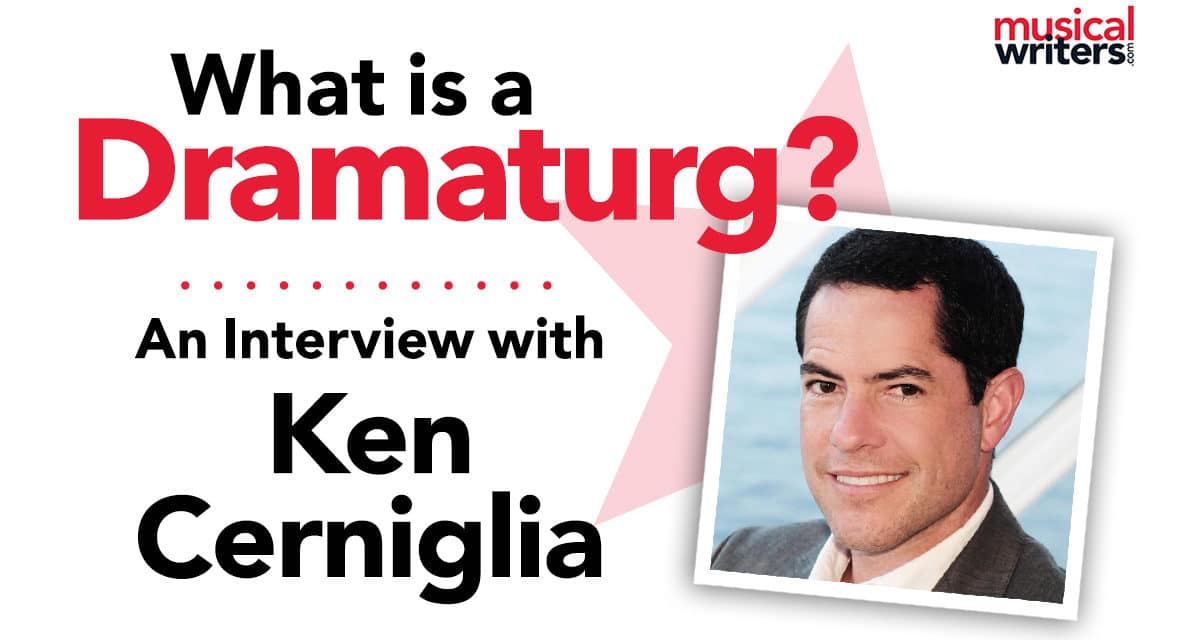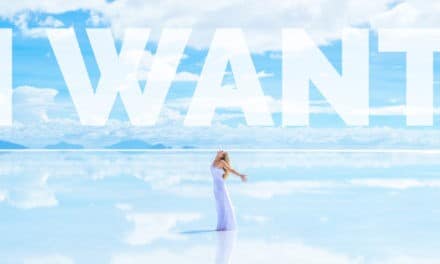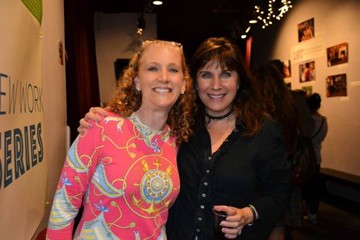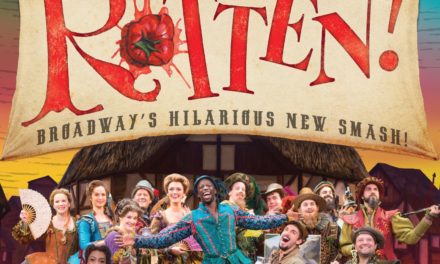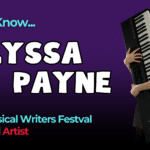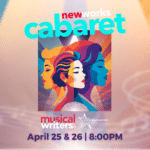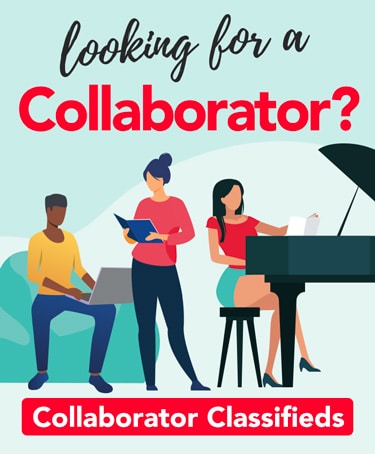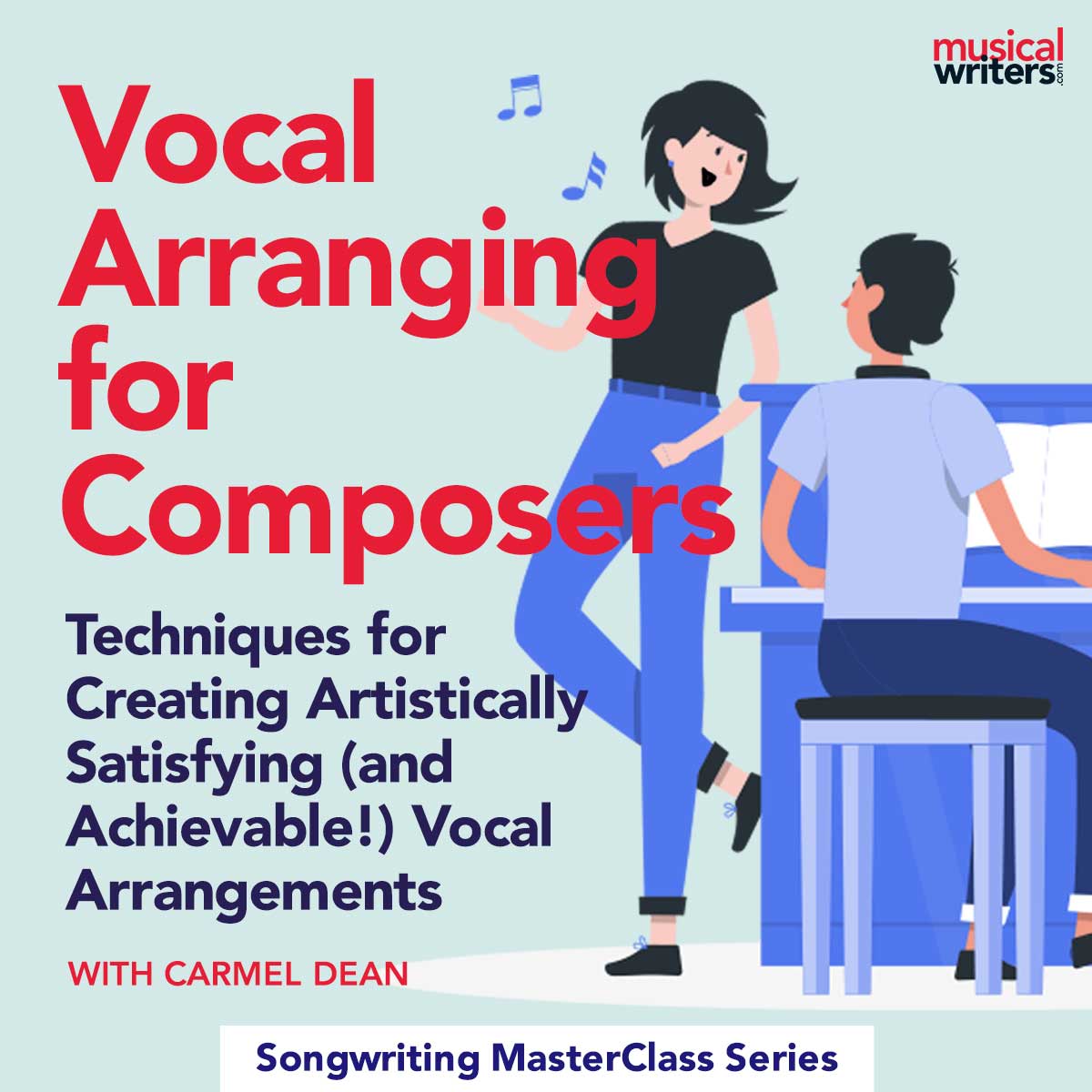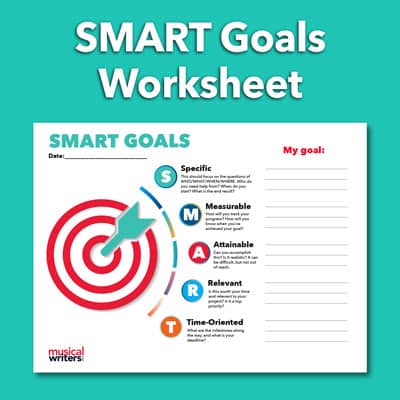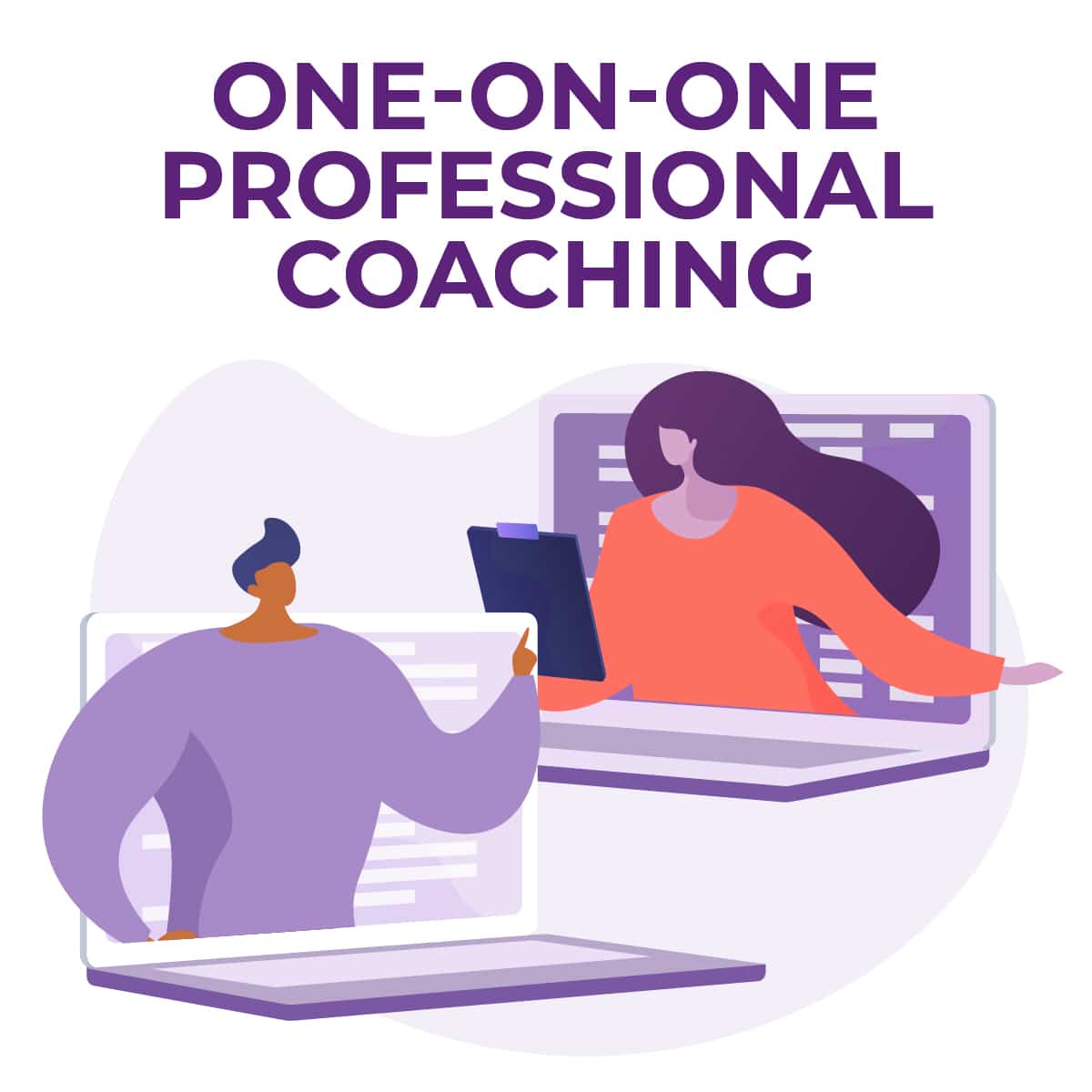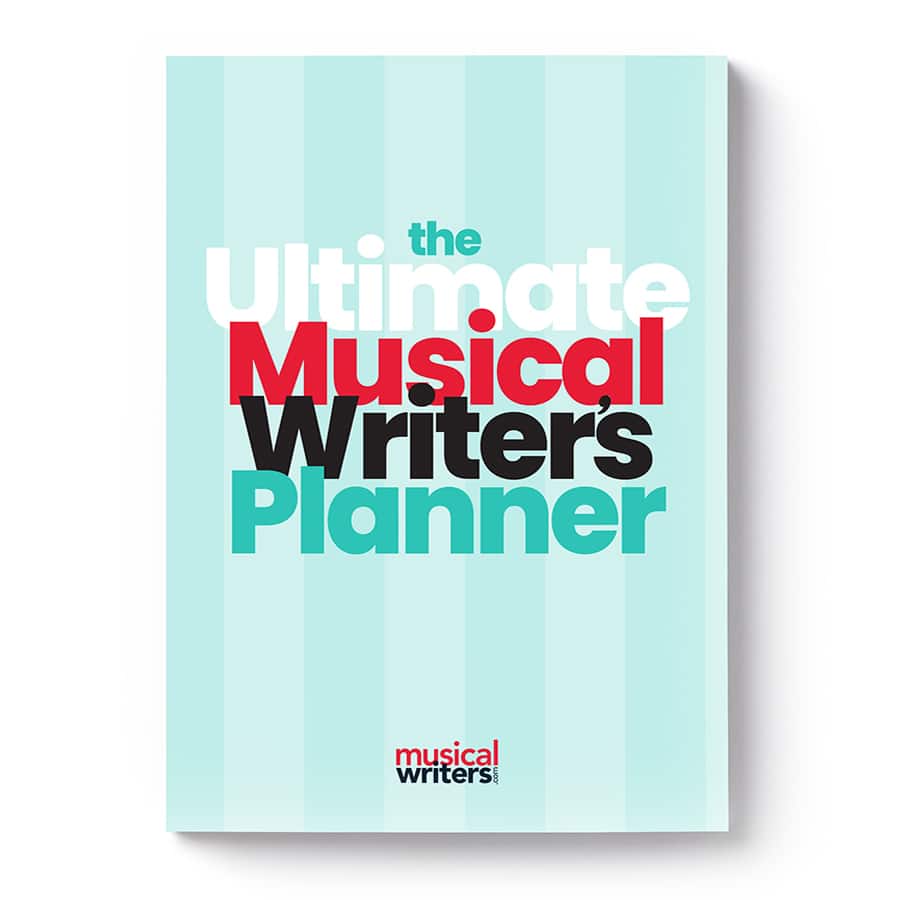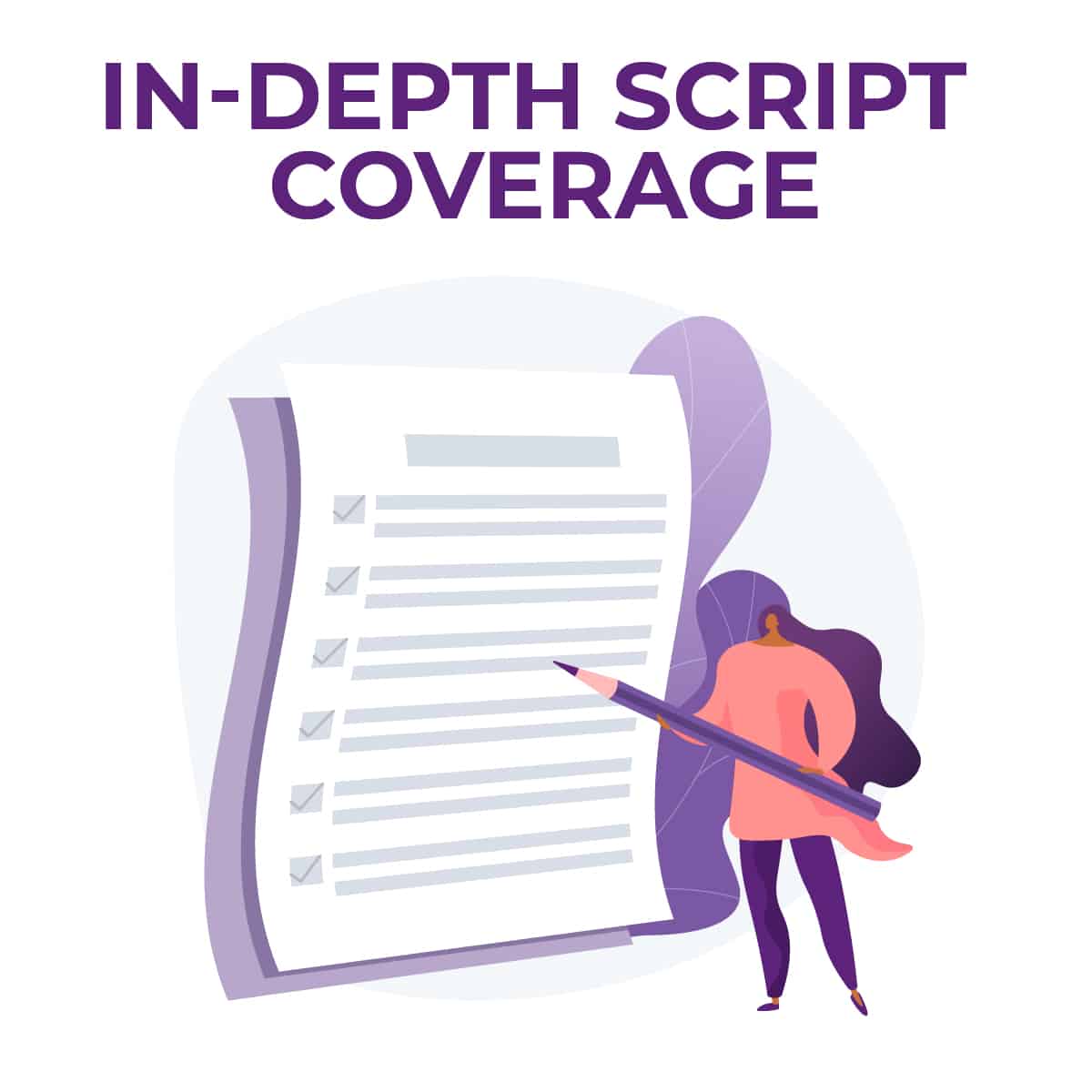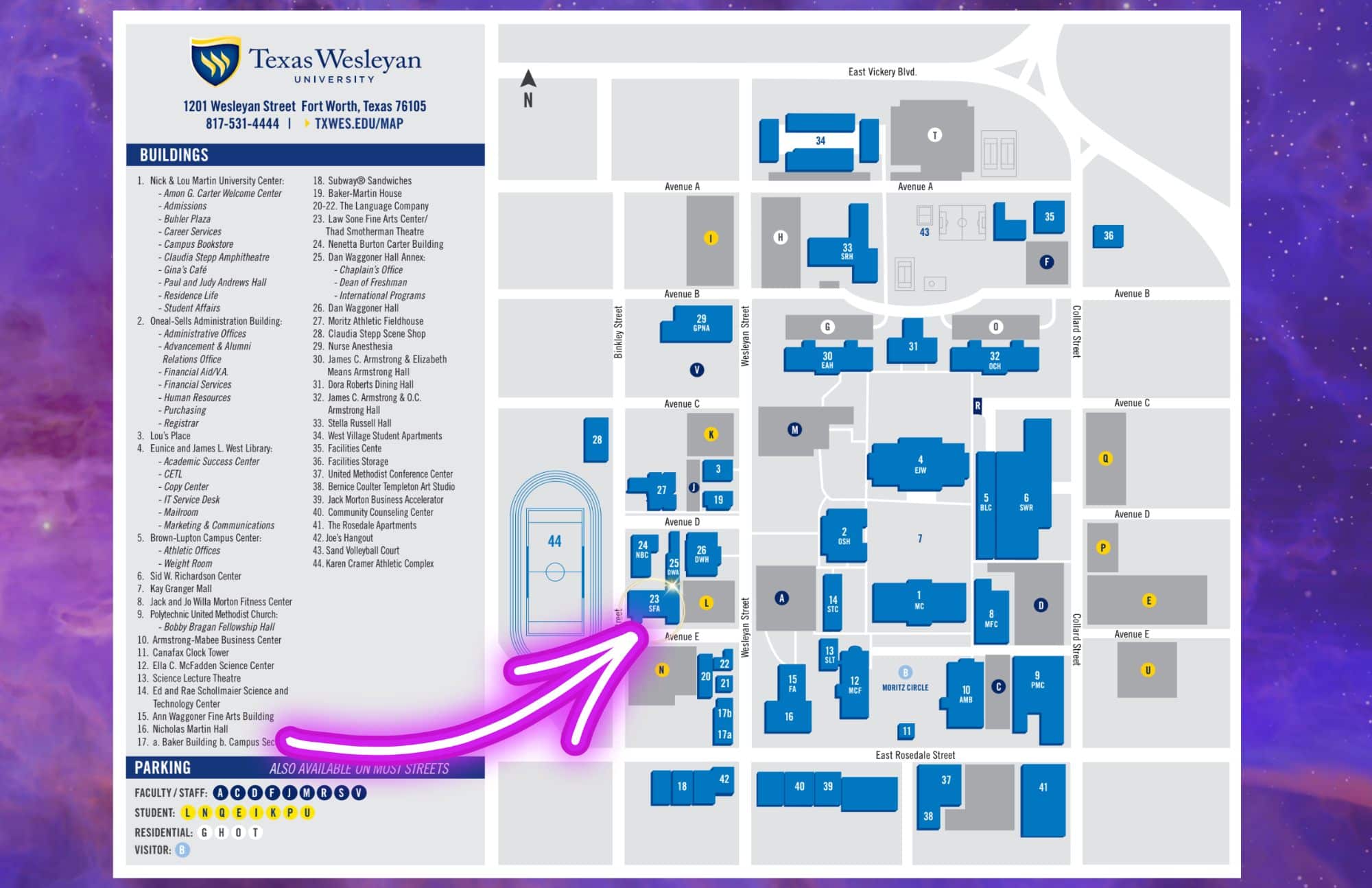Writers often ask me about the role of a dramaturg. What do they do? When do they come onto a project? What does dramaturg even mean?
To clarify those answers, I reached out to Ken Cerniglia, veteran dramaturg, writer, scholar, and creative executive. Ken dramaturged the Broadway hit Hadestown and developed over 70 titles for Disney Theatrical Productions, including Peter and the Starcatcher, The Hunchback of Notre Dame, Freaky Friday, Aladdin, Newsies, The Little Mermaid, High School Musical, Tarzan, and dozens of shows for young performers.
Special thanks to Ken for his generosity in time and expertise.
Ken’s Path to Dramaturgy
Holly Reed: Can you tell us how you came to dramaturgy and how you landed at Disney?
Ken Cerniglia: After trying my hand at performing, directing, and producing as a theatre and psychology undergrad at UC San Diego, I discovered my vocation for dramaturgy in graduate school, where I went to study theatre history and dramatic criticism and literature at Catholic University in D.C. During the final year of my master’s program, I landed a literary internship at Arena Stage and was assigned to dramaturg two mainstage productions with experienced creative teams. Nothing like being thrown into the deep end! So I learned by doing, applying my scholarship training to the making of theater—and I loved it!
Yet I felt the tug of academia, so I moved to Seattle to get a theatre PhD at the University of Washington, then taught courses at local colleges while applying for tenure track jobs. Since adjuncting rarely pays the bills, temp work led me to a gig at Paul Allen’s development company, Vulcan. There I ended up working on a variety of innovative projects, from a floating interactive museum to the Allen Institute for Brain Science. This job surprisingly utilized all my education and skills, and it opened my mind to alternative yet fulfilling career paths.
In the summer of 2003, I attended the annual LMDA conference and met up with an old colleague who had left literary work in regional theatre to become a creative executive at Disney Animation in California and Theme Parks in Paris before transferring to Theatrical in New York to lead a new creative development department. He said, “Ken! I have a job you should totally apply for!”
Dramaturgical Work for Disney Theatrical
At first I said, “No, not interested.” I’d been doing classical theater, specializing in Shakespeare, Greek plays, and weird new stuff; Disney was mainstream, and I hadn’t done any musical theatre since college. However, there was a one hook: Julie Taymor’s intriguing production of The Lion King, which managed to marry high art with commercial success. So I applied to be Associate Dramaturg, then interviewed, then really wanted it, then waited through an epic NYC blackout to get an offer just in time to find replacements for the fall classes I had committed to teaching, pack my stuff, and fly to New York City to start my new full-time job developing Broadway shows. I think I was the first person in the company—which is now nearly a century old—with a “dramaturg” title, even though the dramaturgical function has always been central. From the early days of animation, someone was always looking at story and structure.
When I joined the Theatrical team in the fall of 2003, Disney’s first three shows—Beauty and the Beast (1994), The Lion King (1997), and Elton John and Tim Rice’s Aida (2000)—were still running strong on Broadway as well as on tour and around the globe. My first project was the stage adaptation of Disney’s animated feature Tarzan, so one of the first people I got to work with was songwriter (and pop icon) Phil Collins, which was super awesome. After a couple of weeks, Phil was calling me on my cell phone and I’m like, “What is my life?!?”
Working on the musicals Tarzan and Newsies
Holly: For Tarzan, I’m assuming the story was somewhat in place since it had already been a film. Can you describe your role as you entered that project and how you worked directly with Phil Collins?
Ken: Essentially that creative team was already in place, and drafts already in process, so a large part of my job initially was research. For example, it was decided that Jane Porter would be a botanist. We generated a huge list of Latin names of flowers and plants that Phil sampled as lyrics for her entrance song into the jungle. During workshops, I became the research point person for the actors. For example, Jenn Gambatese was very curious about what would motivate Jane, so we looked into late 19th and early 20th century women explorers—women in a man’s world. Jenn was the first person to play the role, so her questions, and the research that we did, led to changes in the writing.
Since history and drama are related endeavors with distinct goals, part of my job is to bring relevant historical facts into the creative discussion to enable informed decisions. You can’t take artistic license if you don’t even know what you’re departing from in the first place, and more importantly, why. At the same time, if you’re rigid about historical and scientific accuracy, you risk being boring. Theatre is about showing, not telling. It’s about plot, character, thought, language, musical, and spectacle—not a lecture.
Dramaturgs are not here to be fact checkers or logic police. We’re here to investigate, understand, and articulate the appeal—particularly in musicals—of the thing we’re all putting on stage. What’s the tug of characters? What’s the tug from the music? What engages our emotions? Unless you have that—and earn it, honestly—nothing else matters. A play that’s completely dramaturgically sound can be absolutely boring. You have to figure out, within the dramaturgy, “What’s the thing that’s hot?” “What’s the thing that’s exciting?”
A play that’s completely dramaturgically sound can be absolutely boring. You have to figure out, within the dramaturgy, “What’s the thing that’s hot?” “What’s the thing that’s exciting?”
~Ken Cerniglia
Around the time of Tarzan’s Broadway premiere, we started working on Newsies, based on the 1899 New York City Newsboys’ Strike, which paved the way for child labor reform in the 20th century. Historically, it was only a strike against the two largest newspapers, and the dozens of other New York papers (including The New York Times) covered it because the demise of their rivals made great headlines. So there’s quite a lot of documentation of what actually happened. The show’s villain, New York World publisher Joseph Pulitzer, wasn’t even in town during the strike. He was old and ill, away in his country house. The paper’s editor Seitz was the actual newsie nemesis—but nobody knows who that is. It’s much better to have the icon Joseph Pulitzer (the namesake of the Pulitzer Prize) be the villain. So artistic license with this character was taken while preserving the essential historical truth of the labor/management struggle.
The musical’s book writer, Harvey Fierstein, also invented the character of Katherine, which was the name of Pulitzer’s oldest daughter, but Fierstein made her a reporter—a young career woman—and a love interest. This choice provided our 21st-century musical with an appealing female lead and juicy second-act plot complications. Although not historical, Katherine Plumber was historically plausible; our research into journalist Nellie Bly, who was famous decades before 1899, helped inform the development of the character.
Research also supported a shift in the portrayal of burlesque theatre owner and star Medda Larkin. In Disney’s 1992 live-action musical, the character was played by white film star Ann-Margret. But for the stage version, we wondered if she could be a woman of color. Here my theatre history degree came in particularly handy! Ada Overton Walker, “The Queen of the Cakewalk” was a famous African American vaudeville performer and choreographer in New York at the turn of the 20th century. So this character becoming black made our stage depiction more racially inclusive in a way that was historically grounded.
The Dramaturg on the Creative Team
Holly: At what point do you prefer to come on board?
Ken: As early as possible. For projects where I come on midstream, I’ll generate a document full of questions. Then I’ll engage with writers, director, producers, and any other key stakeholders and we’ll just start talking about the project. I’ll do a basic text analysis of plot, character, and themes, but essentially I’m trying to get to context: “Why are we here?” “How is this engaging with where we are in the world right now?” (A show doesn’t have to be topical to be relevant; being topical actually risks becoming dated.) “What relevant questions are we asking about the human condition?” “Where does this creative endeavor fit, in art and in society?” “What’s going to be on people’s minds when they come into the theater?” I love all this stuff.
Holly: How do you differentiate between what you do and a director’s dramaturgy? When you come on a project, if there’s already a director, how do you navigate that?
Ken: That’s a really good question. I think in any collaboration, it’s like a Venn diagram. There’s some overlap, some redundancy. There are some writers who have very good dramaturgical brains. Every writer is doing some research, so to work with a dramaturg is like a novelist working with an editor. The editor isn’t writing the piece but is there to be a trusted collaborator along the way. The dramaturg is not the one with the voice at the table. It’s more about nurturing someone else’s voice, with a deep knowledge of craft.
There are many good stage directors, but some are good at development and some aren’t. Some directors are brilliant interpretive artists and can take something and stage it impeccably, but they may not have facility with the psychological building blocks of storytelling. Some directors are fantastic at revivals, but if you put them on a piece of new, developing work, they’re not helpful getting it to the next level; their bailiwick is interpreting something old with a new lens. It’s a different skillset.
I got brought onto Anaïs Mitchell’s Hadestown well after its birth as a community theatre project and debut as a studio album. Director Rachel Chavkin, who’s a fantastic dramaturg (and a writer in her own right) was attached a couple of years before I joined the team. They were in the midst of bringing Hadestown from narrative song cycle to legitimate musical play. Anaïs is an incredible veteran folk singer/songwriter but a first-time dramatist, still writing book, music, and lyrics all by herself. Rachel was involved in the rewriting but also steeped in directorial duties of casting, staging, design, etc. With two amazing artists wearing a dozen hats between them, they just wanted another brain in the room. When the much-in-demand Rachel was off directing other shows, I would work with Anaïs working on the next draft.
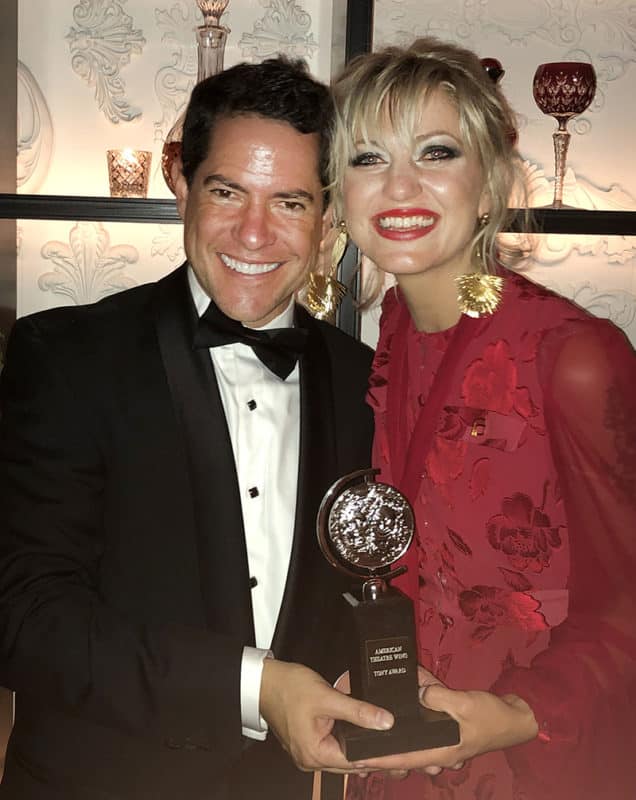
Every project’s a little bit different. I wouldn’t want to be a writer on a project without someone performing the dramaturgical role—whether that’s a producer, a director, or someone—because you need that informed, objective feedback. If you want something to be good, you need to support the dramaturgical function.
I wouldn’t want to be a writer on a project without someone performing the dramaturgical role—whether that’s a producer, a director, or someone—because you need that informed, objective feedback. If you want something to be good, you need to support the dramaturgical function.
~Ken Cerniglia
Holly: A musical I’m working on has a lead character with autism. Our director, Ilana Ransom Toeplitz, wanted to make sure we had an autism professional take a look at the show. We found someone who works daily with autistic kids to give feedback on the accuracy of our character choices. Is that something a dramaturg helps with—seeking out appropriate professional expertise?
Ken: Yes, absolutely. We’re in the business of representation. If you’re going to represent something that you don’t know, you need to bring in experts at key junctures or have them on your team as creative consultants. You need knowledgeable allies to check in with and ask, “Does this ring true to you?” A dramaturg on your team would identify and coordinate that effort as part of curating relevant research to feed the creative process and inspire further investigation and interrogation.
Why and How to Find a Dramaturg
Holly: It seems like the dramaturg fills a very important role. However, many writers choose to do it themselves. As a writer, I can research all day long because I can Google. But the information itself doesn’t help me bring new interpretations to the table. On Newsies you did a ton of research, but as a dramaturg you’re constantly thinking of how to serve the story from that research. I think your ability to creatively process the information is very valuable. That’s something that writers could really benefit from.
Ken: More than being adept at research, good dramaturgical practice is about asking the right questions at the right time, having a deep knowledge of creative process and context and an ability to tailor the work uniquely to a project. You can go to the hardware store, buy that new faucet, and try to install it yourself. Or you can hire a plumber and get the job done efficiently and effectively, right? Musicals can be very expensive. If you don’t do the essential dramaturgical work early, you risk paying for costly mistakes down the line. I do advocate that it’s worth the time and the money to engage the right dramaturg for your project, as early as possible. We’re not all the same, and just like any other role on your team, you should interview several people before you pick one. (Check out “Find a Dramaturg” on the LMDA website.)
For any kind of creative project, finding someone who knows about process and will be your advocate and cheerleader is a good, essential investment. Dramaturgs bring a critical sensibility to the work well before you put it out in front of professional theater reviewers, who often have similar training in theatre history and criticism. They’re just applying it as journalists, and we apply it as a theater makers.
Holly: Do you have any tips for new writers, such as when to enlist a dramaturg and what the early process should look like?
Ken: The creative meetings about the writing should be the writers, the dramaturg, the director (if you already have one), and whoever on the producing team can have these conversations. You don’t always have a producer who knows how to have dramaturgical conversations. On Hadestown, lead producer Mara Isaacs was involved in “Team Dramaturgy” because she has a dramaturgical brain and was a great complement to our trio.
One of the things that I loved best about working with Rachel Chavkin on Hadestown was that our dramaturgy meetings were open. Sometimes we’d have our whole creative team, including the designers, producers, and sometimes the cast, and we’d have a blast. Some of the best dramaturgical insights would come from the sound or lighting designer, because they were both really smart, specific storytellers, whose craft is timed with the writing and staging. So have open discussions when possible—best idea wins!
If you’ve never worked with a dramaturg before, my advice to writers is to meet some! Do a “Find a Dramaturg” search on LMDA.org. Put in some keywords, read some profiles and reach out. You can say, “Hey, you worked on this thing, can we have a coffee date? I’ve got this idea….” It’s all about the work. We all practice dramaturgy differently, so you won’t know who the right person is until you talk to them.
Ken Cerniglia is a veteran dramaturg, writer, creative consultant, and organizational leader. He dramaturged the innovative Broadway hits Hadestown by Anaïs Mitchell (8 Tony Awards, including Best Musical) and Peter and the Starcatcher by Rick Elice (5 Tony Awards), whose popularity since its iconic premiere production has spawned over 2000 licensed productions around the world.
During his 16 years as Disney Theatrical Productions’ resident dramaturg and literary manager, Ken developed over 70 titles for Broadway, touring, international, and licensed productions, including The Hunchback of Notre Dame, Freaky Friday, Aladdin, Newsies, The Little Mermaid, High School Musical, and Tarzan. He adapted young-performer librettos for Beauty and the Beast JR., The Little Mermaid JR., The Lion King JR., The Lion King KIDS, and Aladdin JR.
Ken conceived and developed Marvel Spotlight, a collection of one-act plays that feature teenage super heroes tackling real-world problems in a diverse society. Ken recently crossed the border of dramaturgy into musical book writing for the new musical Atlantis, which premiered in 2019 at Virginia Repertory Theatre, directed by Kristin Hanggi.
In addition to creative work, Ken is immediate past president of Literary Managers and Dramaturgs of the Americas (LMDA), co-founder of the American Theatre Archive Project, and Artistic Director of Two Turns Theatre Company. He is a graduate of UC San Diego, The Catholic University of America, and the University of Washington, where he earned a Ph.D. in theatre history and criticism. Ken is also a regular guest lecturer, artist, facilitator, and adjudicator at conferences, universities, and festivals around the world.

